Published:
Author: Antonio Maria Guerra
How Is Marsala Made?

How is Marsala made? Let’s find out how one of the most appreciated Italian wines is produced. A method that in the past allowed it to face long and difficult naval voyages without damages.

How is Marsala made?
How Marsala wine DOC is made? Here follow a brief explanation: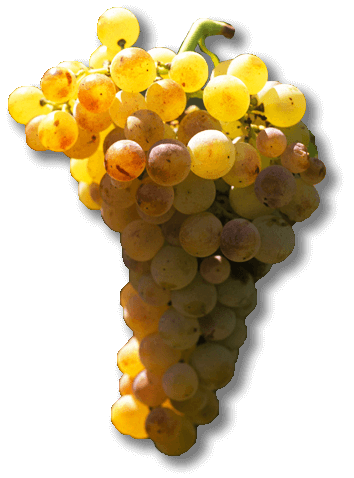 1) Everything starts with the must, made by pressing the grapes;
1) Everything starts with the must, made by pressing the grapes;
2) Selected yeasts are added to the must: the fermentation process begins;
3) During the fermentation, the yeasts eat the sugar present in the must and produce alcohol;
4) Alcohol and/or brandy are added: this stops the yeasts. That’s why sooner the alcohol is added, sweeter the wine will be-
> To make Marsala Vergine, the wine is added with alcohol and/or brandy.
> To make Marsala Conciato, the wine is added with alcohol and/or brandy, mistelle and/or cooked must.
5) Marsala is poured into oak barrels and starts aging (the ‘soleras’ method is generally not used anymore).
Let’s find out the fascinating origins of Marsala wine, as well as a great number of information and interesting facts. In order to read the article, please click on this LINK.
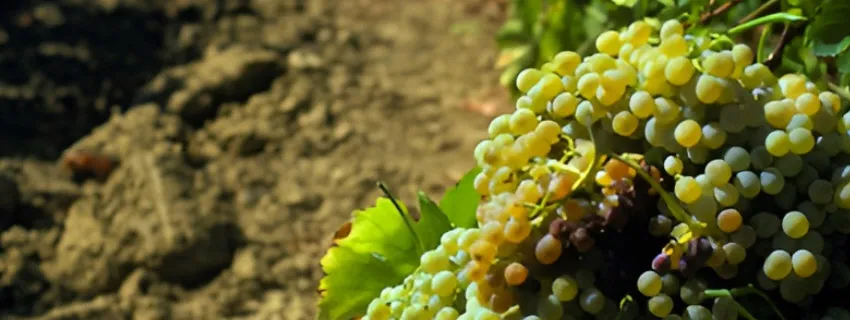
The grapes for Marsala wine.
Marsala wine is produced with both white and black grapes:
Read more
- White grapes: Grillo, Inzolia (Ansonica), Catarratto, Damaschino.
These grapes are used for Marsala ‘vergine’ and gold/amber ‘conciato’. - Black grapes: Nero d’Avola, Nerello Mascalese, Perricone (Pignatello).
These grapes are used for ruby Marsala ‘conciato’ (white grapes can be added in a percentage not higher than 30%).

The typologies.
There are two types of Marsala: the ‘vergine’, made only with white grapes, and the ‘conciato’, made with black and white grapes. This wine is classified according to aging, color, sugar and alcoholic content: characteristics influencing its taste and aspect.
Let’s examine the typologies in detail:
Marsala Vergine
It’s made only with white grapes. Once the fermentation is complete, it’s added with alcohol and/or brandy.
According to its aging, the Marsala Vergine is classified in:
> Vergine (Marsala Soleras): aged at least five years. Minimum alcohol content, 18%.
> Vergine Riserva (Marsala Soleras Riserva): aged at least ten years. Minimum alcohol content, 18%;
Even if they are both ‘soleras’, this method, with some exceptions, is not used anymore to produce them. The classic barrel-aging is used instead.
Marsala Conciato
It’s made with white and black grapes. Once the fermentation is complete, it is added with alcohol, brandy, mistelle and/or cooked must.
According to its aging, Marsala conciato is classified in:
> Fine: aged at least one year. Minimum alcohol content, 17%;
> Superiore: aged at least two years. Minimum alcohol content, 18%;
> Superiore Riserva: aged at least four years. Minimum alcohol content, 18%;
It’s also classified according to its sugar content …
- Secco (dry): less than 40 gr. per liter;
- Semisecco (semi-dry): between 40 gr. and 100 gr. per liter;
- Dolce (sweet): more than 100 gr. per liter;
… and to its colour:
- Oro (Gold): made only with white grapes;
- Ambra (Amber): made only with white grapes;
- Rubino (Ruby): made with black grapes and some white grapes;
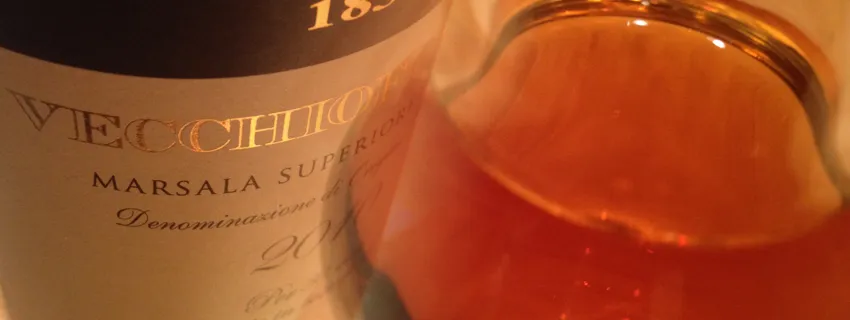
The ancient Marsala wine denominations.
Still today some bottles of this wine keep their ancient denominations. A few examples:
Read more
> Marsala fine: ‘I.P.’ (Italian Particular);
> Marsala superiore: ‘G.D.’ (Garibaldi Dolce), ‘L.P.’ (London Particular);
Some other denominations, dating back to the golden age of this wine, are not used anymore. For example: ‘Erin Dolce’, ‘Parigi’ and ‘Trinacria’.
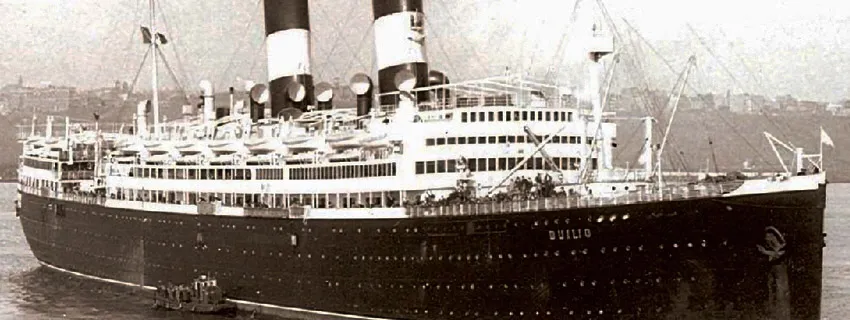
The Florio's fleet ships marsala worldwide.
The success of the Florios as Marsala producers was due not just to the great quality of their wine, but also to the efficiency in its distribution: a task performed by the family’s merchant fleet. The ‘Flotte Riunite Florio’, during the period of its maximum expansion, could count on 99 ships (*1).
Note:
*1: Why not 100? Because 99 was the the maximum number of ships allowed by the law.

The ‘Soleras’ method.
Woodhouse and Ingham used the ‘soleras’ method to age their Marsala wine (*1): it was well known to them, since it was already used in Portugal and Spain for Port, Madeira and Sherry.
Let’s see how it works:
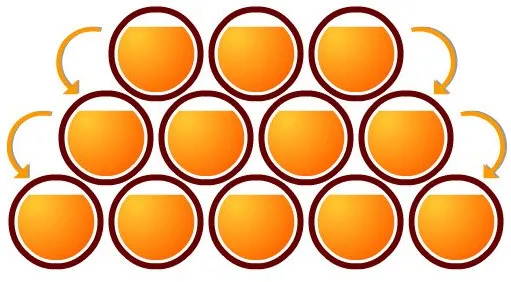 Rows of oak barrels, in a variable number, are placed one above the other:
Rows of oak barrels, in a variable number, are placed one above the other:
- The youngest wine is poured in the highest row;
- The medium aged wine is in the middle rows: lower is the row, older is the wine;
- The oldest wine, ready to be bottled, is in the lowest row;
Year after year, only a part of the wine is extracted from the lowest row. Its barrels are then filled up using the wine from the row just above: this goes on for all the other rows, up to the one on the top, that is filled up with young wine.
Thanks to this method the wine is enriched, acquiring the characteristics of different vintages, and its quality stays constant in time.
Nowadays, with a few exceptions, the ‘soleras’ is not used anymore, replaced by the classic barrel-aging technique.
Note:
*1: The local people used the ‘in perpetuum’ method to age their best wine, known as … ‘perpetuum’.

Let’s find out the fascinating origins of Marsala wine, as well as a great number of information and interesting facts. To read the article, please click on this LINK.

Copyright information.
The images displayed in this page belong to WebFoodCulture and tha Cantine Florio / Duca di Salaparuta, with the exception of:
Public Domain images:
- Fruit, A.Mucha, 1897 (Wikipedia Link) {PD-Art} {PD-US}
- Transatlantic Duilio NGI (Wikipedia Link);

